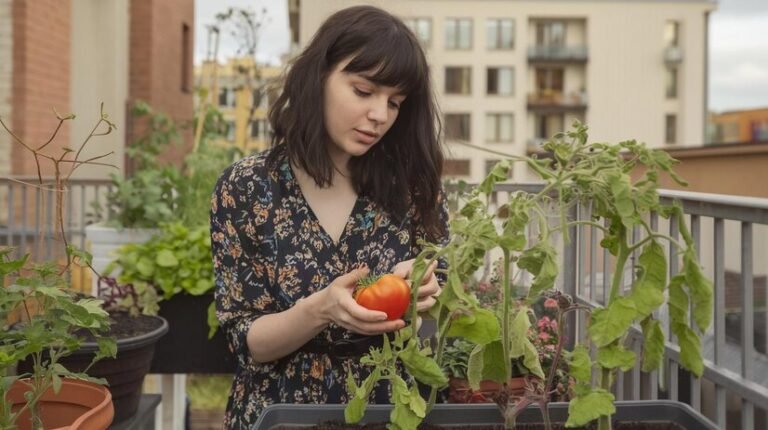Water Conservation Technologies: Guide for a Sustainable Future
The water crisis is no longer a distant threat — it’s already here. In 2025, climate change, population growth, and excessive consumption have made water conservation a top global priority. It’s not just about saving on your water bill anymore; it’s about ensuring a healthier future for the planet and ourselves. Water is life, and…










